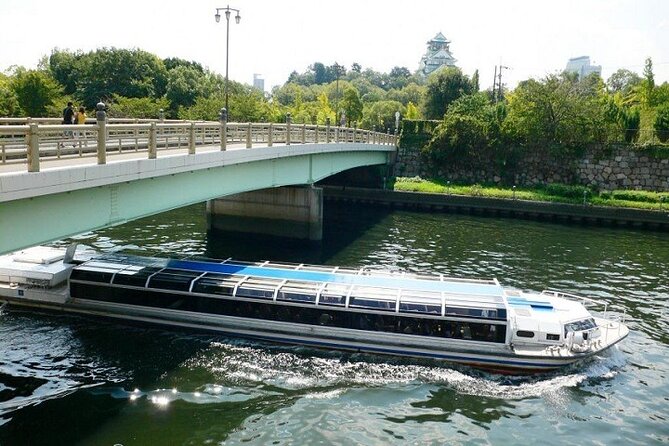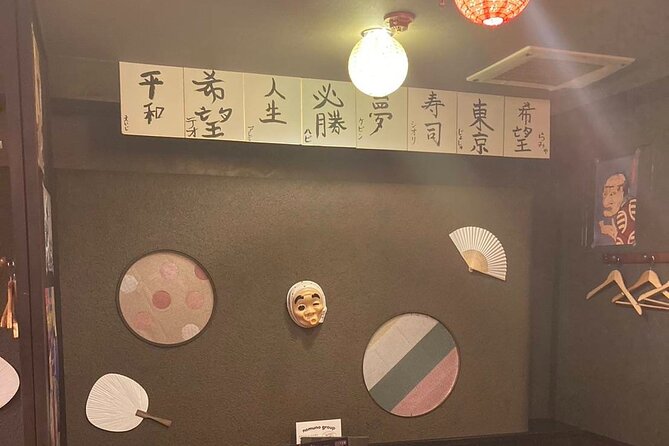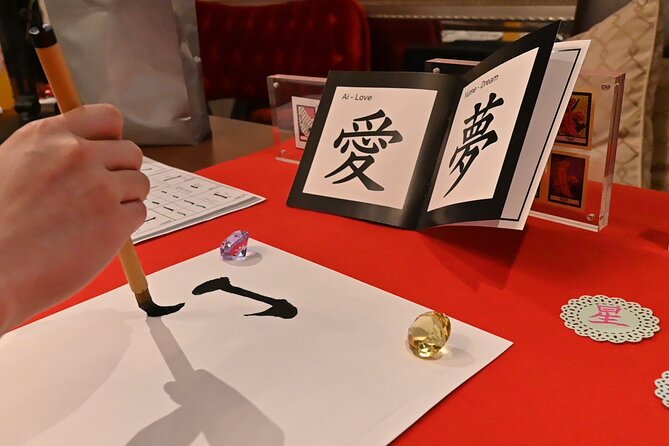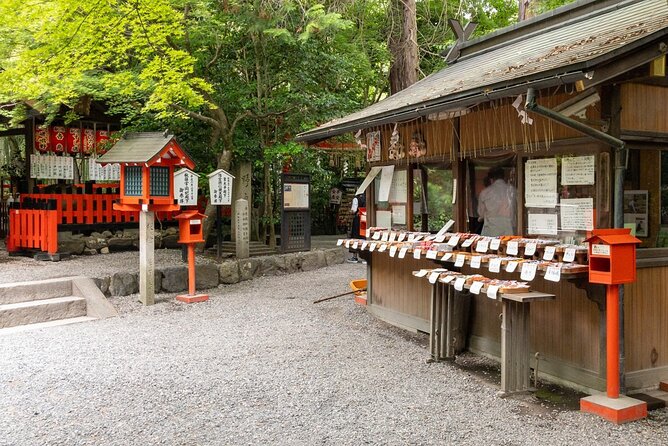LGBT Tokyo’s evolution is a story of contrasts, from its surprisingly tolerant feudal roots to its post-war repression. Today, the city’s LGBT community is on the cusp of a new era, with Shinjuku Ni-chome’s vibrant nightlife and 300-plus LGBT-friendly establishments leading the charge. But how did this transformation happen? What sparked the shift from secrecy to celebration? As Tokyo’s LGBT community continues to push boundaries, one thing is clear: there’s still much to uncover about this fascinating, often misunderstood, city – and its journey towards a brighter, more inclusive future is only just beginning.
Just The Basics
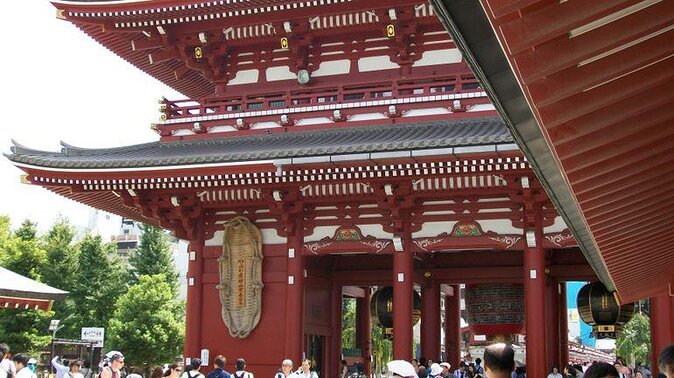
• Feudal Japan tolerated and celebrated homosexuality, especially among the samurai class, where same-sex relationships were seen as a natural extension of male bonding.
• Shinjuku Ni-chome emerged as a beacon of hope and acceptance for Tokyo’s LGBT community in the 1960s, offering a safe space for self-expression.
• Despite lacking legal protections, Japan’s LGBT community is making progress, with some municipalities introducing anti-discrimination ordinances and companies adopting LGBT-friendly policies.
• Tokyo’s LGBT community is reshaping the city’s social fabric, driven by out and proud individuals redefining cultural norms and challenging traditional values.
• Today, Tokyo Pride is one of Asia’s largest and most vibrant Pride events, focusing on diversity, inclusivity, and community building.
It's also worth checking out some other tours and experiences nearby.
Historical Roots of LGBT Tokyo
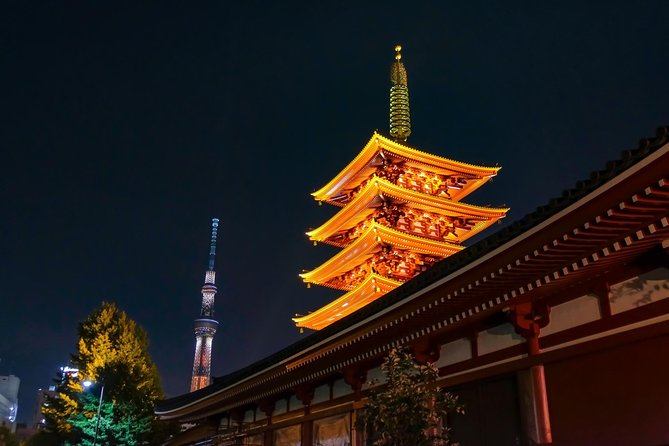
In feudal Japan, homosexuality wasn’t only tolerated but even celebrated in certain circles, particularly among the samurai class, where same-sex relationships were seen as a natural extension of male bonding.
This acceptance was rooted in the concept of ‘wakashudo,’ a tradition that emphasized the beauty and spirituality of male relationships.
Even Buddhist monks and samurai warriors engaged in same-sex relationships, which were considered a normal part of life.
During the Edo period, male prostitution thrived, and gay men could openly express their sexuality.
This rich cultural heritage laid the foundation for modern-day LGBT Tokyo, where diversity and inclusivity are cherished.
The Rise of Ni-chome Neighborhood
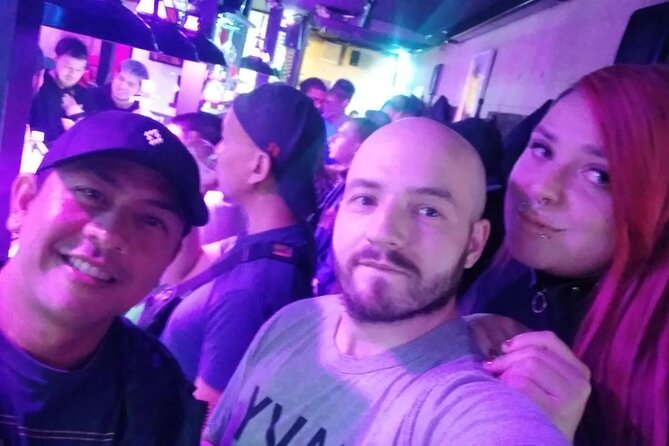
As Tokyo’s LGBT community began to organize and advocate for their rights in the 1960s, Shinjuku Ni-chome emerged as a beacon of hope and acceptance, offering a safe space for individuals to express themselves freely. This small neighborhood in Shinjuku Ward became a hub for LGBT culture, with bars, clubs, and restaurants catering to the community. Today, Ni-chome is home to over 300 LGBT-friendly establishments, making it one of the largest and most vibrant LGBT districts in Asia.
| Establishment | Type | Features |
|---|---|---|
| Arty Farty | Bar | Live music, karaoke |
| Campy! | Club | Drag shows, DJ nights |
| Gold Finger | Restaurant | LGBT-owned, international cuisine |
| Advocacy Center | Community Space | Support groups, events |
| Eagle Tokyo | Bar | Leather, fetish events |
LGBT Rights in Modern Japan
While Ni-chome’s vibrant nightlife has become a symbol of Tokyo’s thriving LGBT community, Japan still lags behind in terms of legal protections and social acceptance for LGBT individuals.
Despite some progress, Japan remains one of the few developed countries without a national anti-discrimination law protecting LGBT individuals. Same-sex marriage isn’t legally recognized, and many LGBT individuals face discrimination in the workplace and in their daily lives.
However, there are signs of change, with some municipalities introducing their own anti-discrimination ordinances and a growing number of companies adopting LGBT-friendly policies.
As Japan prepares to host the Olympics in 2020, there’s hope that international pressure will accelerate the country’s progress towards greater LGBT equality.
Evolving Social and Cultural Norms
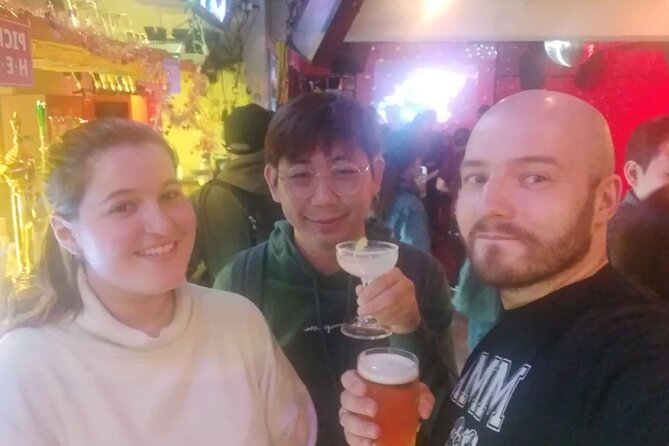
Tokyo’s LGBT community is reshaping the city’s social fabric, driven by a growing number of out and proud individuals who are redefining cultural norms and challenging traditional values.
As more people come out, they’re creating a ripple effect, inspiring others to do the same.
This newfound visibility is paving the way for greater acceptance and understanding.
LGBT-friendly bars, restaurants, and shops are sprouting up, catering to a diverse crowd.
The city’s fashion and art scenes are also reflecting this shift, with designers and artists incorporating LGBT themes and motifs into their work.
It’s an exciting time for Tokyo’s LGBT community, and the city as a whole, as it becomes a beacon of inclusivity and acceptance in Japan.
The Birth of Tokyo’s Pride Parades
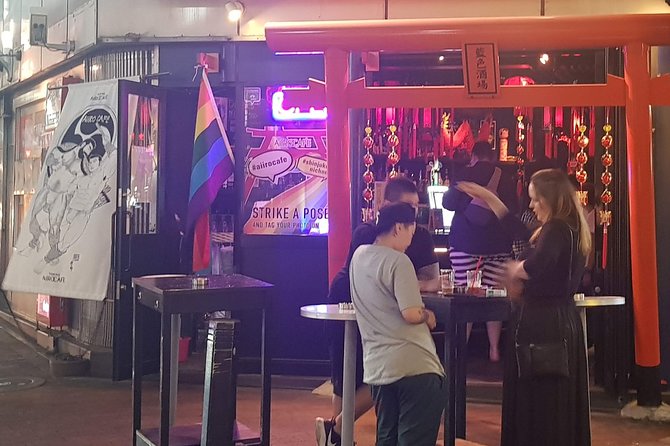
Pride parades, a beacon of visibility and celebration, began taking root in Tokyo in the 1990s, sparked by a small but determined group of activists who dared to challenge the status quo.
This grassroots movement marked a significant shift in Tokyo’s LGBT landscape, as individuals from all walks of life came together to demand equality and recognition.
The first Tokyo Pride parade, held in 1994, drew a modest crowd of 1,000 attendees.
By the early 2000s, participation had swelled to 5,000, with a notable increase in corporate sponsors and allies.
In 2015, Tokyo Pride broke records with over 20,000 attendees, solidifying its place as one of Asia’s largest and most vibrant Pride events.
Today, Tokyo Pride continues to thrive, with a focus on diversity, inclusivity, and community building.
The parade has become an integral part of Tokyo’s cultural fabric, fostering a sense of belonging and empowerment among LGBT individuals and their allies.
LGBT-Friendly Bars and Restaurants
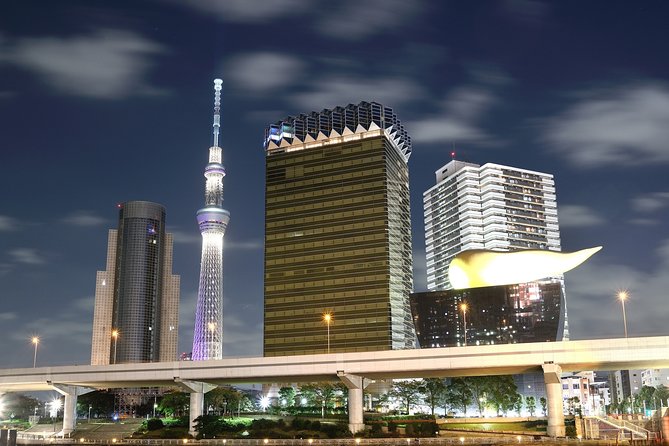
Shinjuku Ni-chome, Tokyo’s gay district, boasts a dazzling array of LGBT-friendly bars and restaurants that cater to diverse tastes and preferences.
From intimate cocktail bars to lively karaoke joints, there’s something for all in this vibrant neighborhood.
Foodies will delight in trying local specialties like yakitori and kushikatsu at restaurants that welcome LGBT patrons with open arms.
Those looking for a unique experience can join a guided tour, like the LGBT-focused evening walking tour, which explores the area’s hidden gems and provides valuable insights into Tokyo’s thriving LGBT community.
With its warm atmosphere and inclusive vibe, Shinjuku Ni-chome is a must-visit destination for anyone looking to experience the best of LGBT Tokyo.
Challenges Faced by LGBT Community
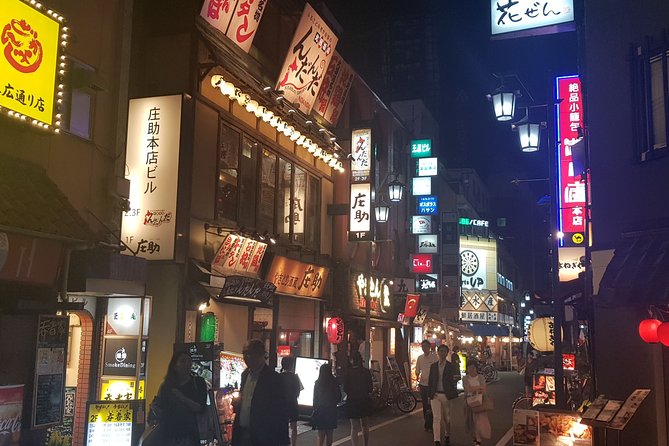
Despite recent progress, many LGBT individuals in Japan still face significant barriers to full social and legal acceptance, including a lack of legal recognition for same-sex relationships.
This lack of recognition has significant consequences, including the inability to marry, adopt children, or access spousal benefits.
Many LGBT individuals still hide their sexual orientation or gender identity due to fear of discrimination or rejection.
There’s a lack of education and awareness about LGBT issues in Japanese schools.
LGBT individuals often face discrimination when trying to access healthcare services.
There’s a lack of legal protections for LGBT individuals in the workplace.
LGBT individuals often face harassment and violence, with few legal recourse options.
A Brighter Future for LGBT Tokyo
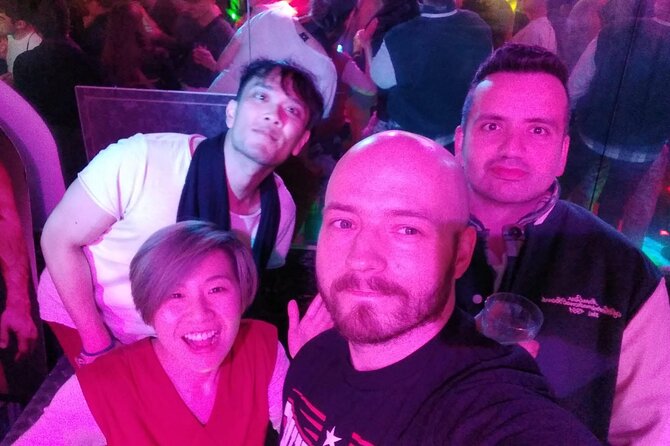
As Tokyo’s LGBT community continues to grow and thrive, a new generation of LGBTQ+ individuals is emerging, determined to challenge the status quo and forge a more inclusive and accepting society.
This shift is evident in the increasing number of LGBT-friendly establishments, events, and organizations popping up across the city.
Tours like the LGBT Tokyo walking tour, which explores the history and culture of the community, are also gaining popularity.
These initiatives not only provide a safe space for LGBTQ+ individuals to express themselves but also raise awareness and promote understanding among the broader public.
With this newfound momentum, Tokyo’s LGBT community is poised to become a beacon of diversity and inclusivity in Japan.
Frequently Asked Questions
What’s the Best Way to Get to Kamiya Bar in Asakusa?
She easily reaches Kamiya Bar in Asakusa by taking the subway, with two convenient lines to choose from. She hops off at Asakusa Station or Tawaramachi Station, and then takes a short stroll to the bar.
Are LGBT Tours in Tokyo Only for LGBT Travelers?
She notes that LGBT tours in Tokyo aren’t exclusive to LGBT travelers; they’re designed to be inclusive, welcoming participants of all identities who want to explore the city’s thriving LGBT scene and learn about its history and culture.
Can I Request a Private LGBT Tour Instead of a Group Tour?
She can request a private LGBT tour instead of a group tour, but it’ll come at an additional cost; the tour operator will work with her to create a customized itinerary tailored to her preferences.
Are All Restaurants and Bars Lgbt-Friendly on This Tour?
She confirms that not all restaurants and bars on this tour are exclusively LGBT-friendly, but they’re welcoming and queer-inclusive, ensuring a comfortable experience for all travelers, regardless of identity.
Is Hotel Pickup Included in the Standard Tour Price?
She notes that hotel pickup is not included in the standard tour price, but it’s available as an add-on upon request, allowing travelers to customize their experience according to their needs and preferences.
Not for you? Here's more of our most recent tour reviews happening neaby
- [30 Minutes] Rickshaw Tour Around Asakusa [History, Sightseeing, Tokyo Skytree]
- Kimono Rental at Tokyo Maikoya
- Food Crawl Tour in Asakusa
- Mount Fuji Private Trip From Tokyo by Car/Van – in English
- Best of Tokyo City Walking Tour for Kids and Families
- Kintsugi Gold Repair Workshop
- Tokyo Sumo Entertainment Show With Chicken Hot Pot and Photo
- Refreshing in Asakusa! Tile-Breaking / Kawara Smash in Asakusa, Tokyo
- Asakusa: Ultimate 3-Geisha Experience for Group of Max 4 After History Tour
- Japanese Papier-Mâché Painting Experience in Taito
- Tokyo Night Tour: A Unique Experience
- [Tokyo/Asakusa] Traditional Japanese Washi Papermaking Experience
- Official Street Go-Kart Tour in Asakusa
- Private Tour of Asakusa Japan With Optional Pick up Service
- Full Day Private Nikko Heritage Discovery Tour in Japan
Final Words
As LGBT Tokyo continues to thrive, its journey from feudal tolerance to modern-day vibrancy serves as a beacon of hope.
While challenges persist, the community’s increasing visibility, driven by out and proud individuals, Pride parades, and LGBT-friendly businesses, paves the way for a brighter future.
With Ni-chome’s neon lights shining bright, Tokyo’s LGBT community is ready to take on the world, one rainbow-colored step at a time.

